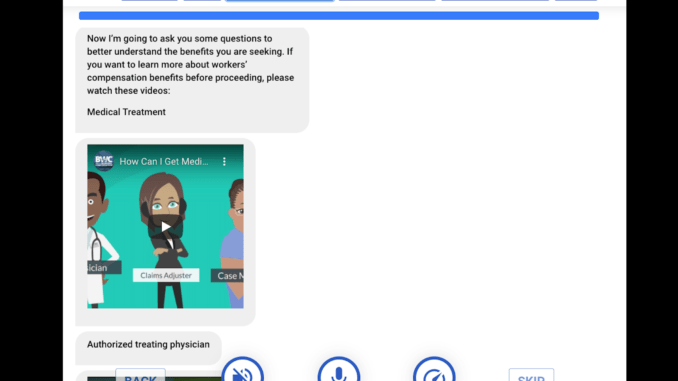
In a solid example of using legal bots, AKA expert systems with interactive workflows to complete forms, to improve access to justice (A2J), LawDroid has teamed up with the Tennessee Alliance for Legal Services’ (TALS) and the Tennessee Bureau of Workers Compensation (BWC) to launch a tool to help people navigate the injury compensation process.
As the A2J groups explain: ‘Often workers cannot secure legal help when they experience an on-the-job injury, and they are faced with the daunting task of trying to represent themselves with no legal training.’
Recognising this reality, TALS and the BWC partnered to develop a way to assist self-represented workers in completing the required forms. Injured workers seeking benefits for on-the-job injuries can now fill out three key forms by simply speaking into their smartphone or any other internet-connected device, they explained.